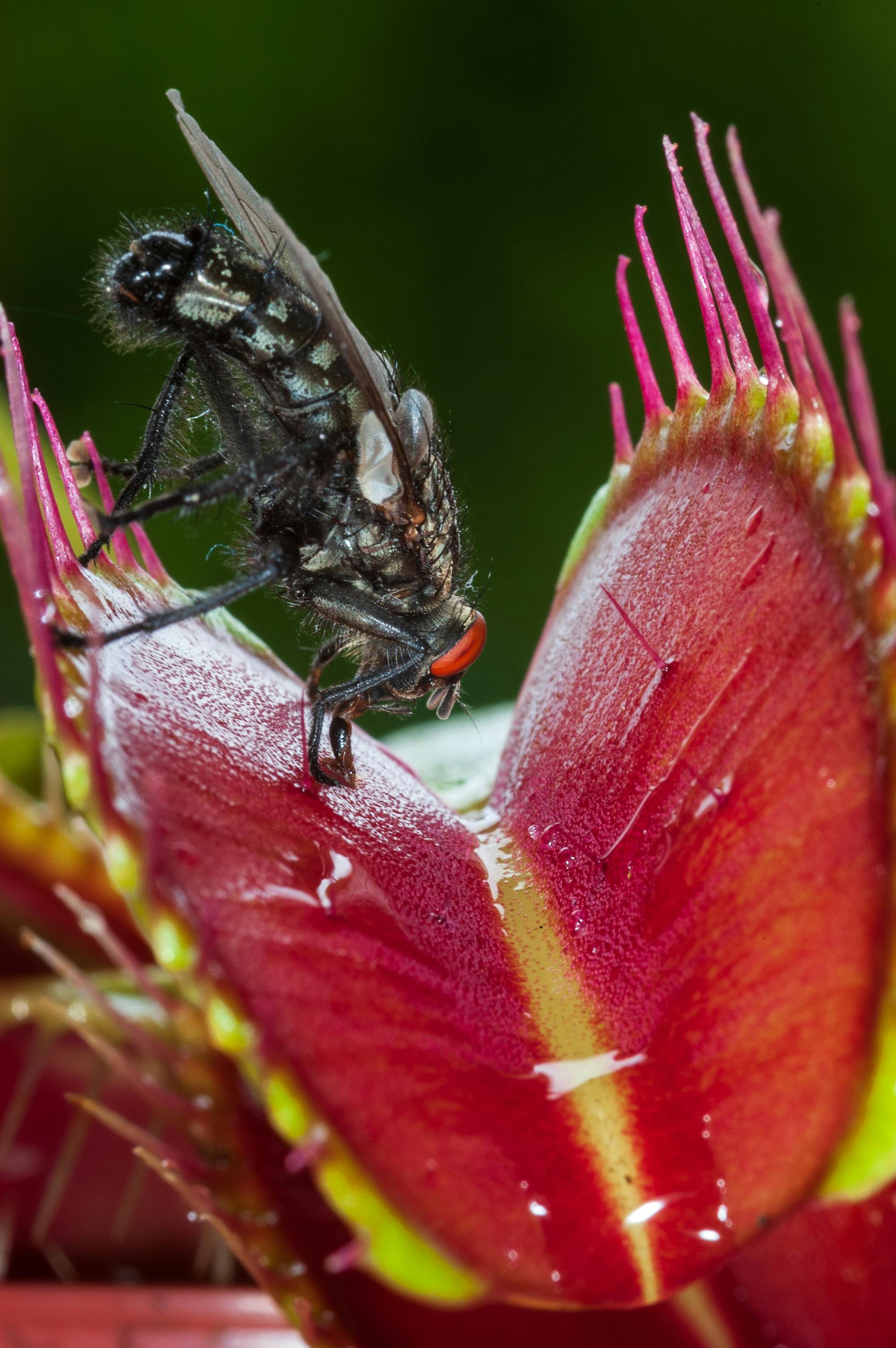Smart Ways to Create an Indoor Koi Pond for 2025 Success

Smart Ways to Create an Indoor Koi Pond for 2025 Success
Creating an indoor koi pond is not only a beautiful addition to your home but also an enriching environment for koi fish. As we look towards 2025, understanding the essential components of indoor koi pond design and maintenance is vital for success. Indoor koi ponds can serve as stress-relieving water gardens while providing a habitat for these elegant fish.
This article will explore different aspects of indoor koi pond setup, including design, maintenance, and the various systems needed to keep your pond healthy and aesthetically pleasing. We will delve into practical tips on indoor koi pond construction, filtration systems, and the best accessories to enhance your aquatic garden. By the end of this guide, you will be well-equipped with the knowledge to create and care for your own indoor koi pond.
Key takeaways will include understanding the benefits of indoor koi ponds, how to maintain water quality, and the importance of lighting and temperature control for optimal fish health. Let’s dive deeper into the world of indoor koi ponds!
Essential Components of Indoor Koi Pond Design
To ensure a successful indoor koi pond, it is crucial to start with a solid design. An effective design takes into account factors such as size, filtration, and aesthetics. By carefully planning these elements, you set the stage for a thriving indoor aquatic environment.
Understanding Indoor Koi Pond Size
The size of your indoor koi pond is one of the most critical factors. A larger pond not only provides more swimming space for koi but also aids in stabilizing the water quality. Notably, koi fish tend to grow larger than expected, so room to grow is essential. The recommended minimum size for indoor koi ponds is around 250 gallons, with larger setups being even more beneficial.
When determining the size, consider the number of koi you plan to keep. A good rule of thumb is to allocate about 50 gallons of water for each koi fish. Additionally, include adequate space for plants and decorations that support the natural ecosystem of the pond.
Choosing Suitable Indoor Koi Pond Equipment
Proper equipment is vital for maintaining a healthy indoor koi pond. Essential components include a quality filtration system, water pumps, and heaters. These tools help manage waste and maintain optimal water temperature and quality.
There are various types of filtration systems available, including mechanical, biological, and chemical filtration. For indoor koi ponds, a combination of these systems is often the most effective. Proper pond aeration with pumps helps maintain oxygen levels, crucial for fish health and the overall pond ecosystem.
Incorporating Indoor Koi Pond Plants
Plants play a significant role in an indoor koi pond, adding beauty while contributing to water quality. Aquatic plants can absorb harmful substances and provide oxygen while offering hiding spots for koi. Popular choices include water lilies, hornwort, and anacharis.
When selecting plants, consider the light requirements and growth habits to ensure compatibility with your pond design. Adding plants can enhance the aesthetic value and create a balanced ecosystem that benefits your koi.
Incorporating Indoor Koi Pond Lighting
Lighting is crucial in creating an inviting atmosphere for your indoor koi pond. Not only does it highlight the beauty of your pond and fish, but it also plays a vital role in plant growth. LED lighting is a sustainable choice, providing adequate brightness without raising the temperature of the water, which can harm your fish.
Consider utilizing programmable LED lights to simulate natural light cycles, aiding in the health and wellbeing of both plants and koi fish. Strategically placing lights to illuminate particular features can enhance your pond's overall aesthetic appeal.
Considerations for Indoor Koi Pond Safety
Taking safety precautions during the setup of your indoor koi pond is imperative. Ensure that all electrical components, such as pumps and heaters, are correctly installed and waterproofed to prevent hazards. Additionally, consider installing guards to prevent koi from jumping out.
Regular monitoring of water quality and temperature is another vital safety measure. Keeping a close eye on these factors can prevent stress-induced illnesses in your koi fish and ensure their long-term health.
Indoor Koi Pond Maintenance Tips for Long-Term Success
Once your indoor koi pond is set up, ongoing maintenance becomes a priority. Proper care can prolong the lifespan of your aquatic environment and ensure the health of your koi fish. Engaging in regular maintenance activities is essential for a successful indoor koi pond.
Establishing an Indoor Koi Pond Maintenance Schedule
Creating a maintenance schedule is an effective way to keep your indoor koi pond healthy. Regular tasks include checking water quality, cleaning the filtration system, and monitoring the plants' health. Daily checks might involve observing water temperature and ensuring proper oxygen levels.
Weekly routines could encompass partial water changes to remove excess waste and replenish essential nutrients. Monthly tasks may include deep cleaning the pond, assessing fish health, and addressing any algae growth. By adhering to a systematic schedule, you can mitigate many common koi health issues and maintain a beautiful pond.
Managing Indoor Koi Pond Water Quality
The health of your koi fish heavily relies on surrounding water quality. Regular testing for pH levels, ammonia, nitrites, and nitrates can identify any potential issues early on. A pH level between 7.0 and 8.5 is generally considered ideal for koi, while ammonia and nitrite levels should always be zero.
Utilizing high-quality filtration systems will also help in managing water quality. Additionally, consider incorporating beneficial bacteria in your pond to aid in breaking down waste, which keeps your water clean and healthy for the koi.
Maintaining Ideal Indoor Koi Pond Temperature
Indoor koi ponds should aim for a consistent temperature range of 65°F to 75°F. Fluctuations in temperature can cause stress in koi fish, leading to health problems. Using heaters during colder months is essential for maintaining this balance.
Additionally, monitor your indoor pond’s temperature regularly, especially during seasonal changes. Implementing proper insulation and temperature control technologies will create a comfortable living environment for your koi.
Indoor Koi Pond Algae Management
Algae growth is a common challenge for indoor koi ponds but can be managed effectively with preventive measures. Maintaining balanced water quality, ensuring adequate filtration, and incorporating aquatic plants are key methods to control algae levels.
In case of excessive algae growth, consider adding algae-eating fish, such as certain types of snails or specific fish species. Moreover, minimizing sunlight exposure and promptly addressing any overfeeding can help keep your algae problem under control.
Upgrading Your Indoor Koi Pond for Better Health
Improving your indoor koi pond may involve exploring advanced filtration systems or upgrading your habitat with additional plants. Consider incorporating more efficient pumps or even additional tanks for improving koi fish health and breeding opportunities. You may also want to explore adding features like waterfalls or aeration systems to further enhance the pond environment.
Enhancements not only elevate the aesthetic appeal but also support the well-being of the koi, contributing to a balanced and thriving ecosystem.

Exploring the Benefits of Indoor Koi Ponds
Indoor koi ponds come with numerous benefits that contribute to personal well-being and environmental health. Understanding these advantages can motivate you to invest time and resources into your indoor water garden.
Positive Impact on Mental Health
Keeping koi fish has been linked to improved mental health and stress relief. Observing the serene movement of koi can be meditative and promote relaxation. The process of creating and maintaining an indoor pond itself can serve as a rewarding and therapeutic hobby.
Enhancing Home Aesthetics
An indoor koi pond adds a unique design element to your home, transforming routine spaces into tranquil retreats. The gentle sound of water combined with the vibrant colors of koi fish creates a visually appealing centerpiece that can impress guests and enrich your living space.
Improving Air Quality
Indoor ponds can help improve indoor air quality by evaporating moisture into the air. The natural process of water filtration and the presence of aquatic plants contribute positively to the overall air in your home, making it feel fresher and cleaner.
Fostering Biodiversity
Indoor koi ponds can create a self-sustaining ecosystem that fosters biodiversity. The interactions among fish, plants, and beneficial bacteria contribute to a harmonious environment, demonstrating a miniature version of natural ecosystems.
Opportunities for Education and Engagement
Creating and maintaining an indoor koi pond offers educational opportunities, especially for families with children. It serves as an excellent conduit for teaching responsibility, biology, and ecology while encouraging children to learn about aquatic life firsthand. Engaging with your koi can create bonds and ignite interest in environmental stewardship.
Common Indoor Koi Pond Problems and Solutions
As with any living environment, indoor koi ponds can face challenges. Understanding common problems and their solutions will empower you to maintain a healthy habitat for your koi.
Identifying Koi Health Concerns
Monitoring koi health is paramount for ensuring their well-being. Common issues might include faded colors, unusual swimming patterns, or visible lesions. Establish a routine check-up to observe their behavior and physical state closely.
If koi biologists recommend fish medications for external parasites or internal infections, consult professionals to ensure the right approach and treatment plan for your fish’s recovery.
Dealing with Water Quality Issues
Water quality issues can arise quickly, leading to negative impacts on koi health. Keep a kit for testing water parameters readily available, and conduct tests every week to catch spikes in ammonia or nitrite early. Implementing a water change routine is also a practical way to prevent quality issues.
Addressing Filtration Failures
Regularly washing your filtration components prevents clogging, and ensuring proper flow rates is vital. Should a failure occur, immediately assess whether the pump is functional or the filter system requires replacement. Having a backup filtration system on hand can mitigate panic during emergencies.
Managing Excessive Algae Growth
Regular algae monitoring helps maintain a clean environment. In case of rapid algae growth, try reducing feeding or investigate if there’s excess sunlight exposure; both contribute to algae blooms. Algae controllers can also be an option, but always aim for preventive measures before resorting to treatments.
Understanding Temperature Fluctuations
Indoor koi ponds can face temperature changes that stress fish, particularly during cold months. Having reliable heaters and monitoring systems enables you to maintain consistent temperatures regardless of external conditions. Investment in thermostats can ensure controlled environments, promoting koi health.
Transforming Your Indoor Koi Pond: Design Ideas and Innovations
Innovating your indoor koi pond with new design ideas can enhance aesthetics and functionality. Exploring inventive features can elevate your pond experience. These creative touches not only provide beauty but also improve the overall health of your pond ecosystem.
Incorporating Natural Elements into Your Design
Using natural materials like stone and wood for decorations can create a harmonious design. These elements blend smoothly with aquatic plants and koi, promoting a soothing environment. Beautifully arranged rocks or driftwood can also offer hiding spots for fish, fostering security.
Setting Up an Indoor Waterfall Feature
Adding a waterfall is an excellent way to enhance both aesthetics and functionality. Waterfalls increase aeration, aiding in oxygenation and circulation, which benfits both water quality and fish health. The gentle sound of flowing water can also induce tranquility.
Using Seasonal Themes for Decoration
Changing decorations to reflect seasonal themes can keep your indoor koi pond lively and engaging. Use colored stones in autumn or bright flowers in spring to enhance beauty. These simple adjustments can significantly impact your pond's aesthetic and provide new experiences throughout the year.
Exploring Innovative Filtration Technologies
Stay ahead by integrating cutting-edge filtration technologies to ensure optimal water quality while minimizing maintenance. Look into smart filtration systems that automate monitoring parameters or utilize UV sterilizers to maintain clear water conditions, making care easier.
Designing an Indoor Koi Pond Community Space
Consider designing a space around your indoor koi pond for relaxation and enjoyment. Incorporating seating areas with plants and art can create inviting spaces that encourage social interaction. This setup can enhance the pleasure of watching your koi thrive while engaging with family and friends.

Conclusion: Embracing the Joy of Indoor Koi Ponds
Creating and maintaining an indoor koi pond is a rewarding endeavor that brings joy, creativity, and peace to your home. Understanding the essentials of design, maintenance, and troubleshooting will guide you toward successful koi-keeping. Indoor koi ponds offer remarkable benefits, including aesthetic enhancement, improved mental well-being, and the joy of watching koi flourish.
As you embark on or continue your journey with indoor koi ponds, remember to incorporate innovative designs and efficient maintenance practices to ensure the health of your fish and the beauty of your aquatic garden. With the right knowledge and dedication, you can create a serene oasis that thrives for years to come.